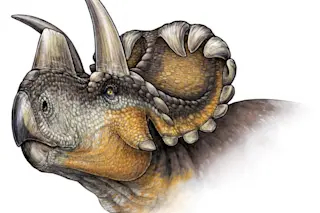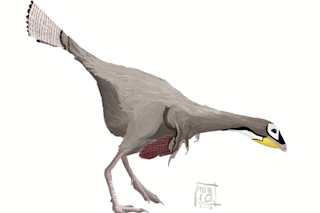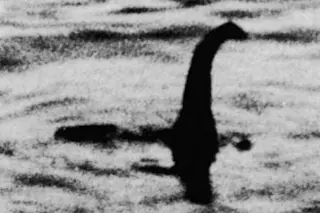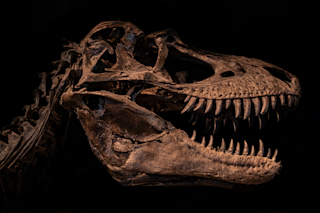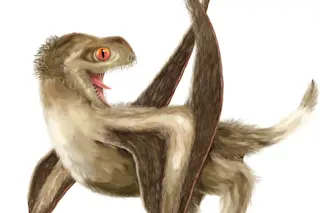Triceratops is one of the most iconic dinosaur species we know, in part because of its distinctive looks: a large head frill, two huge brow horns, and another horn on its nose.
And now it’s got a new cousin. Researchers have discovered a remarkable new species of ceratopsian called Wendiceratops pinhornensis that lived 79 million years ago.
As one of the oldest specimens of the horned dinosaur family, Wendiceratopsmight help answer why, precisely, these horns and frills evolved.
Though Triceratops was first discovered back in 1889, paleontologists are still undecided on why it evolved its horned face. Were the horns used for display, perhaps for attracting a mate, or were they used for defense or combat?
Wendiceratops might help answer these questions. More than 200 bones of four individuals were found in the fossil graveyards of Alberta Canada, where hundreds of dinosaur fossils have been found over the years. Close ...


